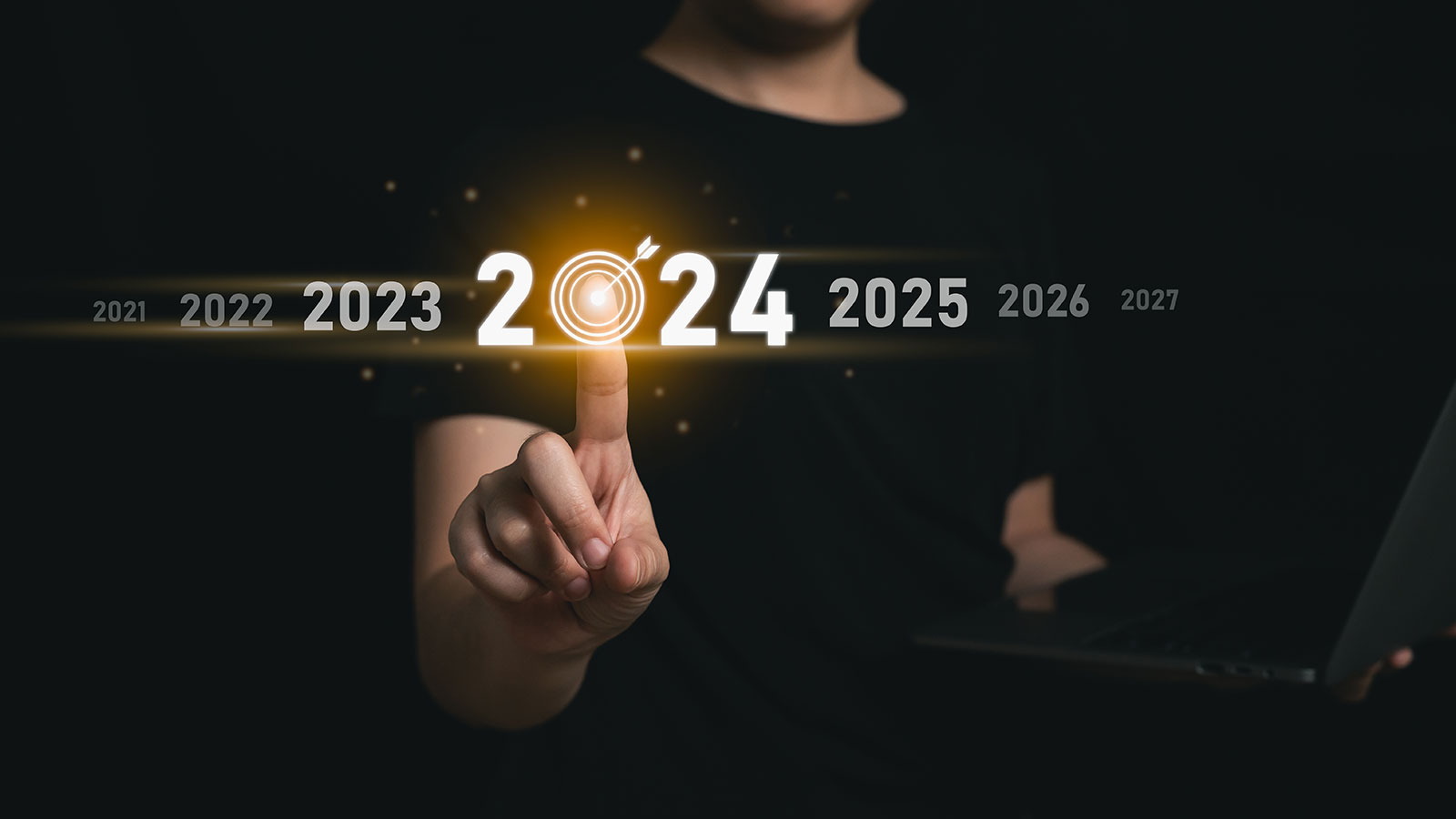The Evolution of Software Development: Trends in 2023
In the fast-paced realm of software development, staying ahead of the curve is paramount for success. As we step into 2023, the landscape is evolving with an array of trends that are shaping the future of how software is conceptualized, developed, and deployed. Let’s delve into the key trends that are steering the evolution of software development this year.
Table of Contents
Artificial Intelligence Integration
Artificial Intelligence (AI) is no longer a futuristic concept; it is the driving force behind many breakthroughs in software development. In 2023, we witness an increased integration of AI, from machine learning algorithms optimizing processes to automated testing that ensures the robustness of applications. This trend is not just about efficiency; it’s about infusing intelligence into software for more informed decision-making across industries.
DevOps and Continuous Integration/Continuous Deployment (CI/CD): The Need for Speed
DevOps practices are becoming standard in the software development lifecycle, and Continuous Integration/Continuous Deployment (CI/CD) pipelines are at the forefront of this evolution. The need for faster and more reliable software delivery has led to the widespread adoption of DevOps principles, transforming the way development, testing, and deployment work together seamlessly. CI/CD pipelines are now integral, enabling developers to release code changes quickly and reliably.
Low-Code and No-Code Development Platforms: Democratizing Software Development
The democratization of software development is underway with the rise of low-code and no-code platforms. These platforms empower non-developers to participate in the creation of applications, reducing the traditional reliance on coding expertise. This trend not only accelerates development timelines but also fosters collaboration between technical and non-technical stakeholders, breaking down traditional silos.
Cloud-Native Development and Serverless Architecture: Embracing Scalability and Flexibility
The shift towards cloud-native development continues to gain momentum in 2023. Embracing cloud-native practices allows for greater scalability, flexibility, and resilience in software applications. Additionally, serverless architecture is making waves, enabling developers to focus solely on writing code without the burden of managing infrastructure. This trend is reshaping how applications are built, deployed, and scaled.
Edge Computing and Decentralized Applications (DApps): Optimizing Data Processing
Edge computing is emerging as a transformative trend, bringing computation closer to the data source. This approach optimizes data processing and reduces latency, crucial for applications requiring real-time responses. Concurrently, decentralized applications (DApps) are gaining traction, leveraging blockchain technology to provide more secure and transparent solutions. The combination of edge computing and DApps is redefining the architecture of modern software.
Cybersecurity Integration from Day One: Building Secure by Design
In an era of heightened cyber threats, cybersecurity is no longer an afterthought. In 2023, there’s a growing emphasis on integrating cybersecurity measures from the inception of software development. Building security into the development process ensures that applications are resilient to evolving threats. This trend marks a proactive approach to cybersecurity, addressing vulnerabilities and mitigating risks from the outset.
Human-Centric Design and Inclusive User Experience: Beyond Functionality
Software is not just about functionality; it’s about the experience it delivers to users. In 2023, there’s a heightened focus on human-centric design principles and creating inclusive user experiences. This involves understanding user needs, preferences, and ensuring that software is accessible to a diverse audience. Prioritizing user-centric design contributes significantly to the success and adoption of software applications.
Conclusion: Navigating the Software Development Landscape of 2023
As we navigate the dynamic landscape of software development in 2023, these trends underscore the need for agility and adaptability. Artificial intelligence is infusing intelligence into our applications, DevOps practices are streamlining workflows, and low-code platforms are democratizing development. Cloud-native approaches, edge computing, and heightened cybersecurity measures are reshaping architectures, while human-centric design ensures software resonates with users.
Staying attuned to these trends is not merely an option; it’s a strategic imperative for businesses looking to thrive in the competitive software landscape. The evolution of software development in 2023 is marked by innovation, collaboration, and a relentless pursuit of excellence. Embrace these trends, stay agile, and position yourself at the forefront of the next era in software development.


